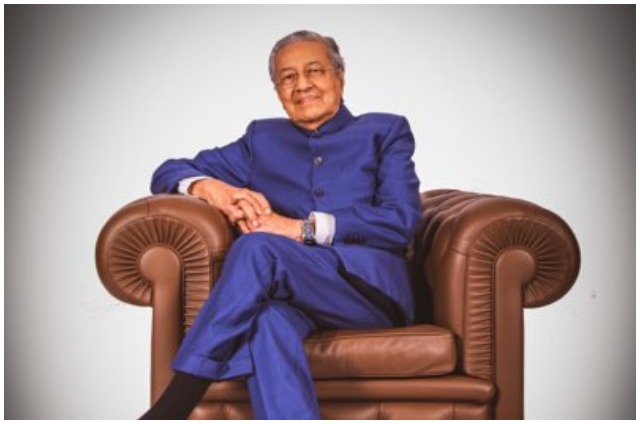

Speaking during Statistics South Africa’s release of the 2013 mid-year population estimates here Tuesday, he said that without an inflow of migrants, the country’s population would not have grown by much in recent years.
The population is expected to have grown from just under 51.8 million in 2011 to an estimated 52,981,991 next month.
The population’s natural rate of increase — the difference between births and deaths — has fallen from 1.05 per cent per year in 2002 to an estimated 0.99 per cent in 2013.
However, driven by a net inflow of migrants, population grew slightly faster per year in 2013 than over a decade a year — having increased by 1.34 per cent between 2012 and 2013, up from a 1.3 per cent increase between 2002 and 2003.
An estimated 864,000 African migrants entered South Africa between 2001 and 2005, and this increased to an inflow of 974,000 between 2006 and 2010. An estimated 998,000 African migrants are expected to enter the country between 2011 and 2015.
The number of Asian migrants who came to South Africa between 2001 and 2005 is estimated at 23,300, compared with 34,700 between 2006 and 2010. About 40,900 Asians are expected to enter South Africa between 2011 and 2015.
In contrast, the net outflow of the white population is expected to fall to 95,200 leaving the country between 2011 and 2015, down from an outflow of 133,800 between 2001 and 2005 and 112,000 between 2006 and 2010.
Migration between provinces also continues with Eastern Cape Province this year estimated to have had the highest net outflow of migrants (losing 264,500), closely followed by Limpopo Province (with an outflow 228,000).
Gauteng, the country’s smallest but most populous province, which includes the national and financial capitals of Pretoria and Johannesburg, is estimated to have received the most migrants (just over a million) followed by the Western Cape Province (307,000).
International migration is driving the population increase as South Africa’s birth rate and crude death rate has declined in recent years.
The number of children that South African women have in their life time (fertility rate) is estimated to have fallen further to 2.3 this year, from 2.4 in 2011 and 2.7 in 2002.
Crude death rate has also fallen from 15 per 1,000 population in 2005 to 12 per 1,000 in 2011 and is estimated to have fallen further to 11 per 1,000 in 2013.
Driving the fall in the death rate is the decline in the infant mortality rate and a drop in the mortality rate of those under five years old.
Falling crude death rates and infant mortality rates is driving increased life expectancy, which has increased from 52 years in 2004 to 58 years in 2011 and is estimated to have increased further, to 59.4 years in the 2013 estimates, with life expectancy of women at 61 years and men at 58 years.
In terms of population groups, black Africans make up 42.3 million people, having increased their share from 2011 by 0.6 percentage points to 79.8 per cent.
Indian and Asians are estimated to now make up 1.3 million people, estimated to have grown by 0.1 percentage points to 2.6 per cent. Coloured people’s share of the population, estimated to be just under 4.8 million, is estimated to have also grown by 0.1 percentage points – from 8.9 per cent to 9.0 per cent.
In contrast, the share of white people, who make up 4.6 million people now, slipped 0.2 percentage points to 8.7 per cent in 2013.
– BERNAMA










